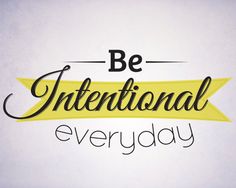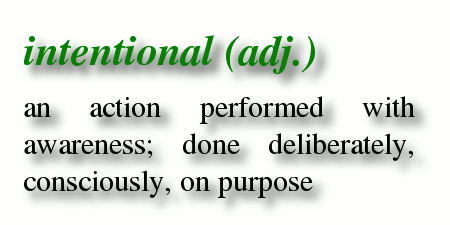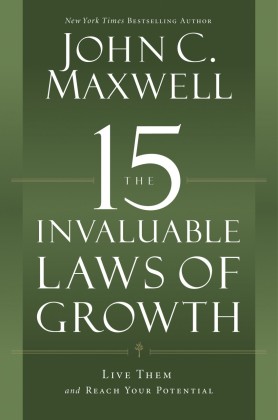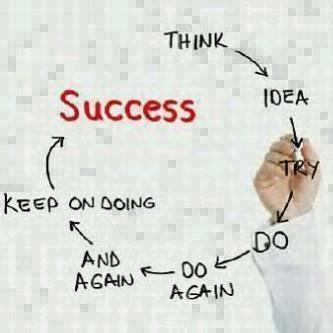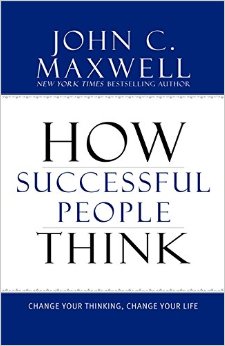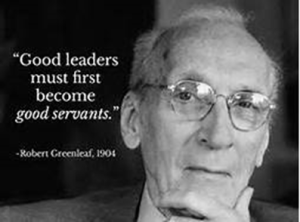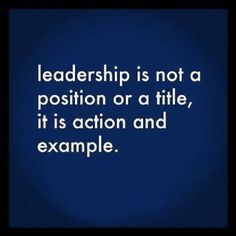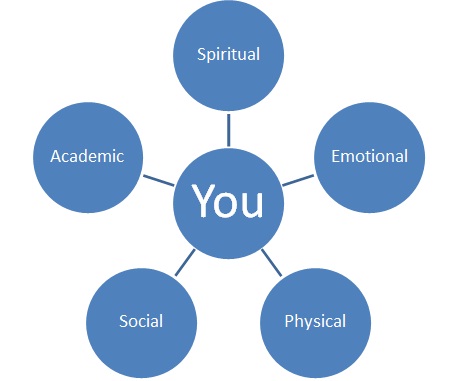It’s time to get to work – reflections after attending the 2018 Global Leadership Summit.
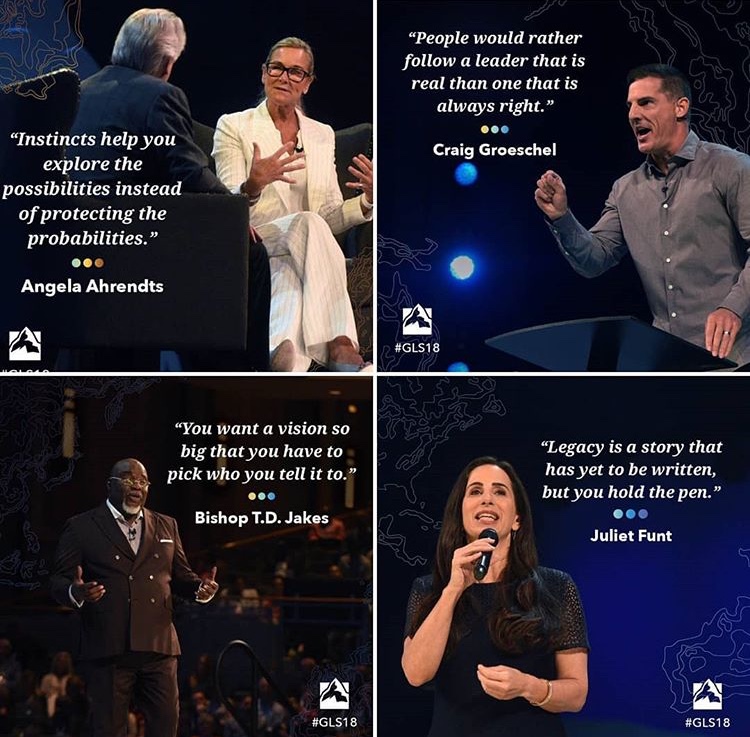
This whole week I’m going to do something different. Each day I’m going to write about a specific topic from one of the speakers at this year’s Global Leadership Summit that was held last week. I spent the weekend reflecting over this year’s event and the best way for me to go deeper with it is to share it and talk about it and add some value back to you in case you weren’t in attendance. But what was taught at this event is something I’m passionate about. Leadership and influence. Leadership is influence, nothing more, nothing less. And everyone has it; the question is how are you using it?
So starting off – I’m going to share a process I learned from one of my mentors with the John Maxwell Team. It’s a process I’ve used to help me reflect after attending conferences or workshops where I’ve left really inspired. I call it my mind dump. I’m going to tell you though – only do this when you are really inspired and can be uninterrupted. Because you don’t want to be bothered when you are getting focused.
One of the questions I used to always ask myself when attending conferences or workshops like this was what to do with the pages and pages of notes I took. What do I do next, once I get back to reality? Are you ready? I’ll show you how.
I call it the 3 R’s – Reflect, Recoup and Refocus
Let’s get started.
- Take time to Reflect – and put a game plan together. What’s that look like? After attending a workshop, get a way and give yourself some quiet time to really think about what you were thinking about. Go through your notes and think about what was being shared and what you wrote down. As you begin to reflect, start by asking yourself these three questions.
1. What did you learn?
Go through your notes. Everything you wrote down are triggering thoughts. Explore them. What did you learn as a result of being at the Global Leadership Summit? Take 10 minutes, an hour, an entire day and go through all of your notes. Find the theme. What were the lessons from each page? As you go through these notes, it will become clearer.
2.Who did you meet?
You meet a lot of people. What are you doing to build on those relationships? You have to be intentional about building those relationships up. Go through your list of business and divide them into 3 categories.
- People who you would generally love to connect with. This was a person who you would like to get to know them more. Be intentional about developing these. Add some value to them.
- People you told you were going to do something. These are those you have to take some sort of action with. Did you tell you would follow up? Did you tell them you’d send them some resources?
- These are the cards you don’t recognize nor really remember who they were – throw these cards away. Toss em out. Be intentional about the connections you made and go from there. If you didn’t make a lasting connection – it’s not worth your time.
3. What can you do today?
How can you be intentional? Send me an email, post a comment or share what you can do today to start taking action and implement some of the things you learned or have learned.
The Second R – Recoup – Recoup your investment. Tickets, travel, food and lodging – these events are not cheap to attend. So get something back from the investment you just made in yourself and your team. What will you do with this information you just learned?
The Third R – Refocus – it’s time for that clarity and consistency to begin to take action daily. Consistency with accountability. What can do you today? Consistency over time will build up to the dream or goal you want to accomplish for yourself, your team, or your organization.
So what’s the one thing you can today? Send an email, post a comment or share what you can do today to start taking action and implement some of the things you learned or have learned. If you didn’t attend the global leadership workshop this year and would like to learn more about some of the proven leadership principles and practices or topics discussed, send me an email to set up a lunch and learn at your company or with your team and I’d be happy to work with you.
To lead is to serve.


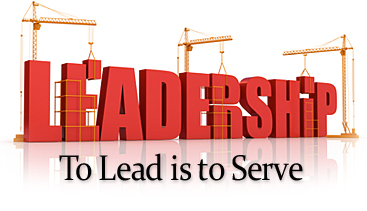

 Nelson
Nelson wth?
wth? ackelford
ackelford Norm Miller –
Norm Miller – els –
els – Patrick Lencioni –
Patrick Lencioni –
 if you know anything about me, you know I’m a believer in the power of prayer and that God will always provide the peace and confidence you need to make a decision. I encourage you to recruit others to be in prayer for you as well. Don’t try and make these types of decisions alone.
if you know anything about me, you know I’m a believer in the power of prayer and that God will always provide the peace and confidence you need to make a decision. I encourage you to recruit others to be in prayer for you as well. Don’t try and make these types of decisions alone. God can’t confirm confusion. So what do you need to make a clear decision? What are the must haves? Make a list and get them answered.
God can’t confirm confusion. So what do you need to make a clear decision? What are the must haves? Make a list and get them answered.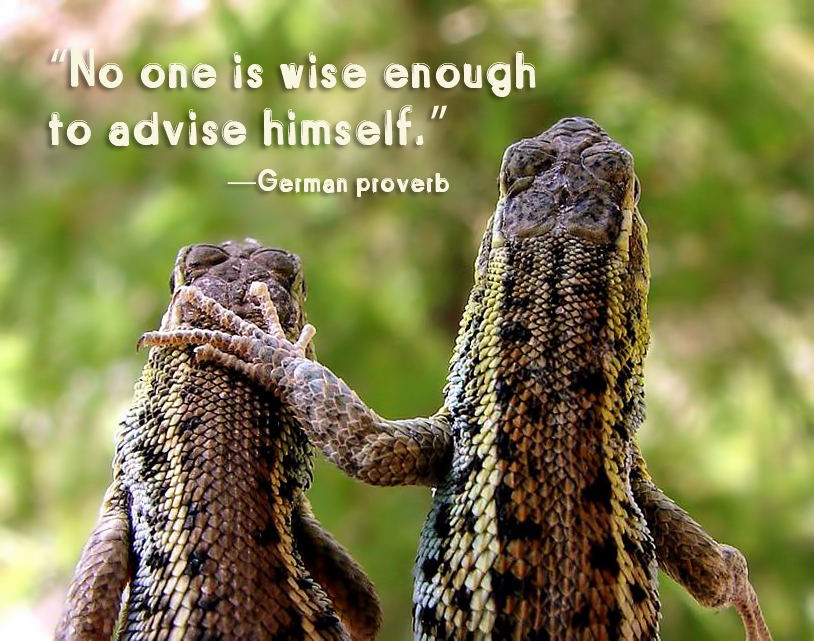 Seek counsel with someone you trust and who knows you well. Someone who will ask you the tough questions. For me, this was my coach. For you, it may be a pastor, mentor, spouse, or close friend. It has to be someone you’ve given permission to ask you any question without any fear of holding back.
Seek counsel with someone you trust and who knows you well. Someone who will ask you the tough questions. For me, this was my coach. For you, it may be a pastor, mentor, spouse, or close friend. It has to be someone you’ve given permission to ask you any question without any fear of holding back.
 5) Don’t let it be a distraction – Make the decision and be 100% focused on what’s before you. Keep growing and pursuing your dreams. You’re going to get distracted even by what appears to be a “dream job”. But by following these steps, they can help you make the right decision.
5) Don’t let it be a distraction – Make the decision and be 100% focused on what’s before you. Keep growing and pursuing your dreams. You’re going to get distracted even by what appears to be a “dream job”. But by following these steps, they can help you make the right decision.
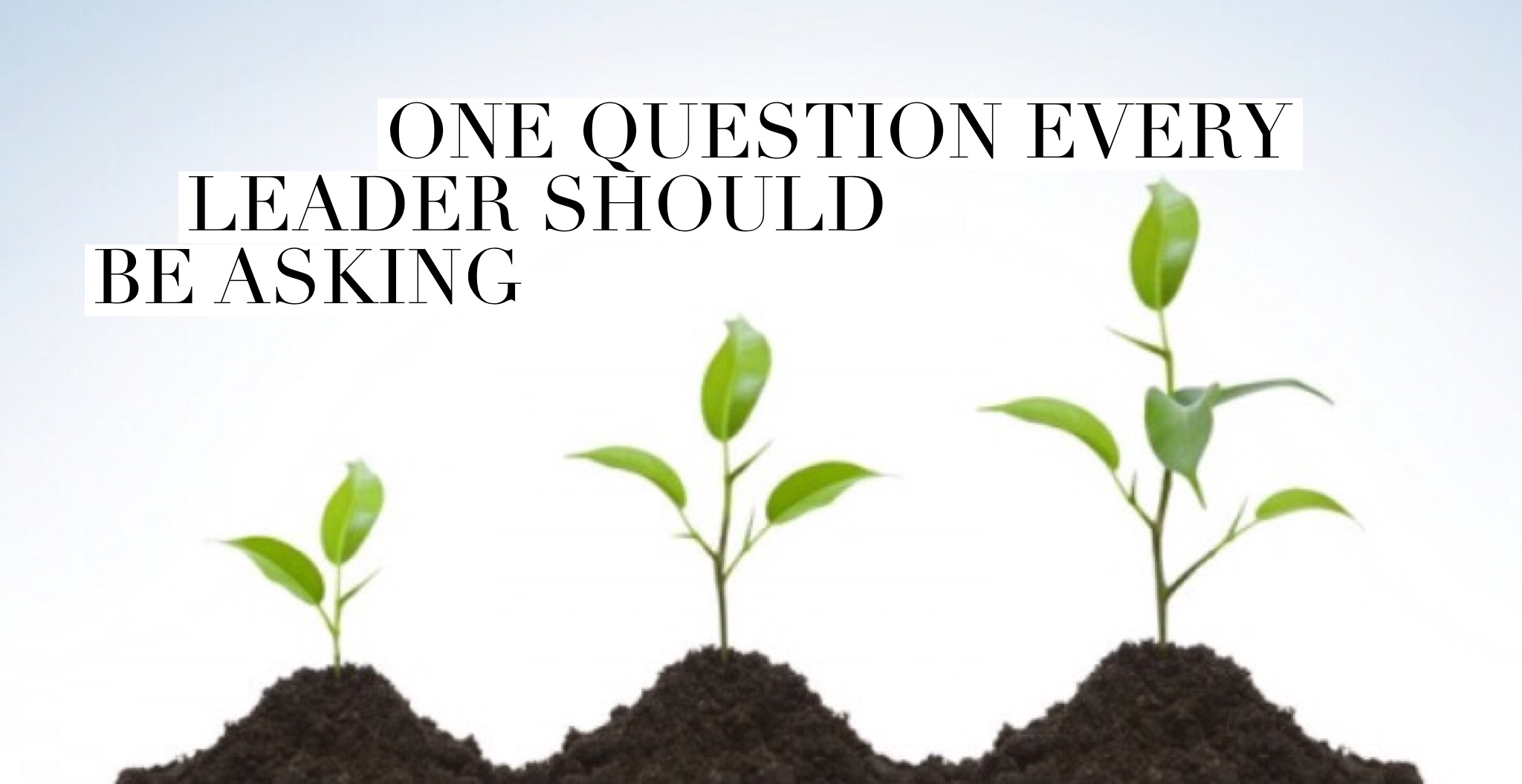
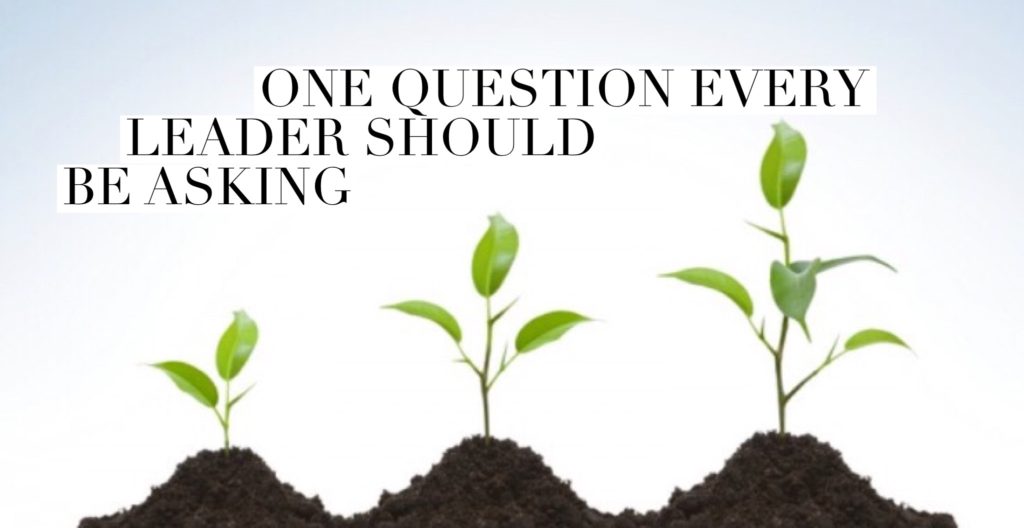 Regardless of your position, title or industry, leadership is influence, nothing more, nothing less. I believe this to be true. However, to grow as a leader, I believe their is one important element you MUST be doing as a leader regardless where you’re at in your career or organization. This one thing is something only you can do and can’t rely on others to do it for you.
Regardless of your position, title or industry, leadership is influence, nothing more, nothing less. I believe this to be true. However, to grow as a leader, I believe their is one important element you MUST be doing as a leader regardless where you’re at in your career or organization. This one thing is something only you can do and can’t rely on others to do it for you.